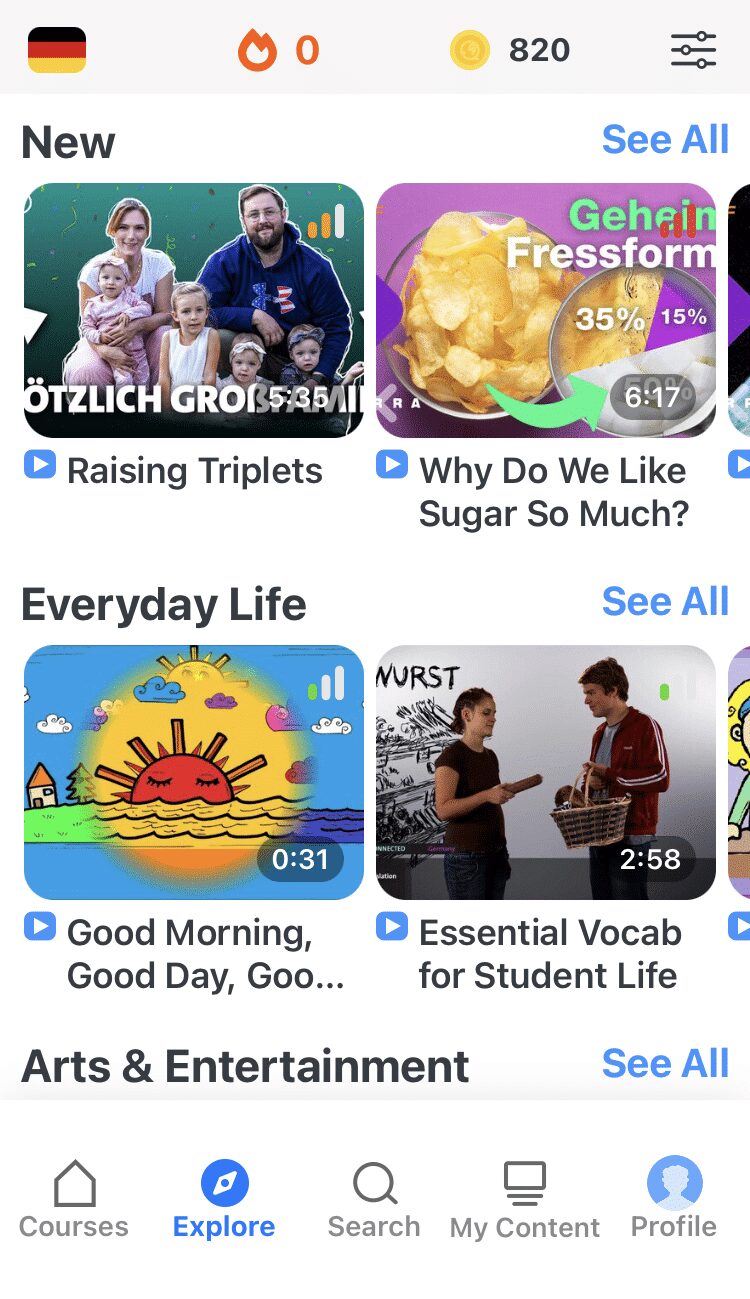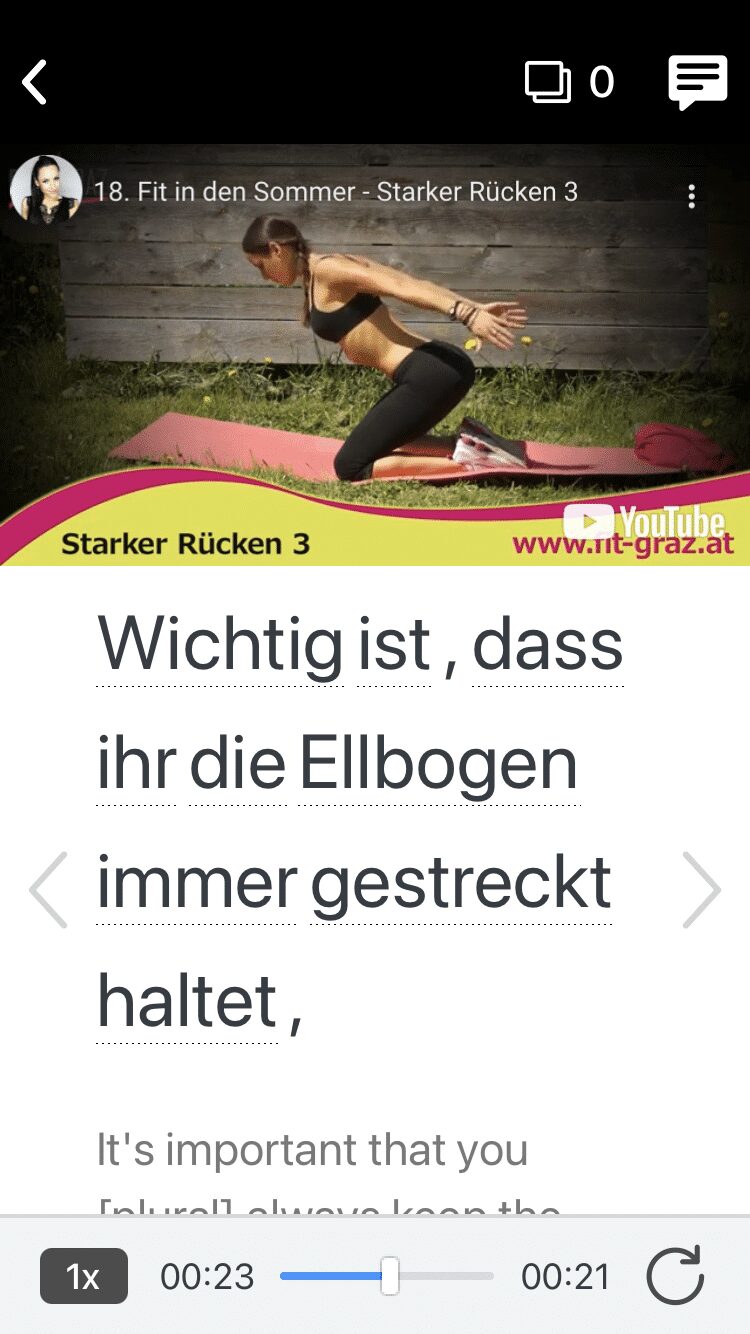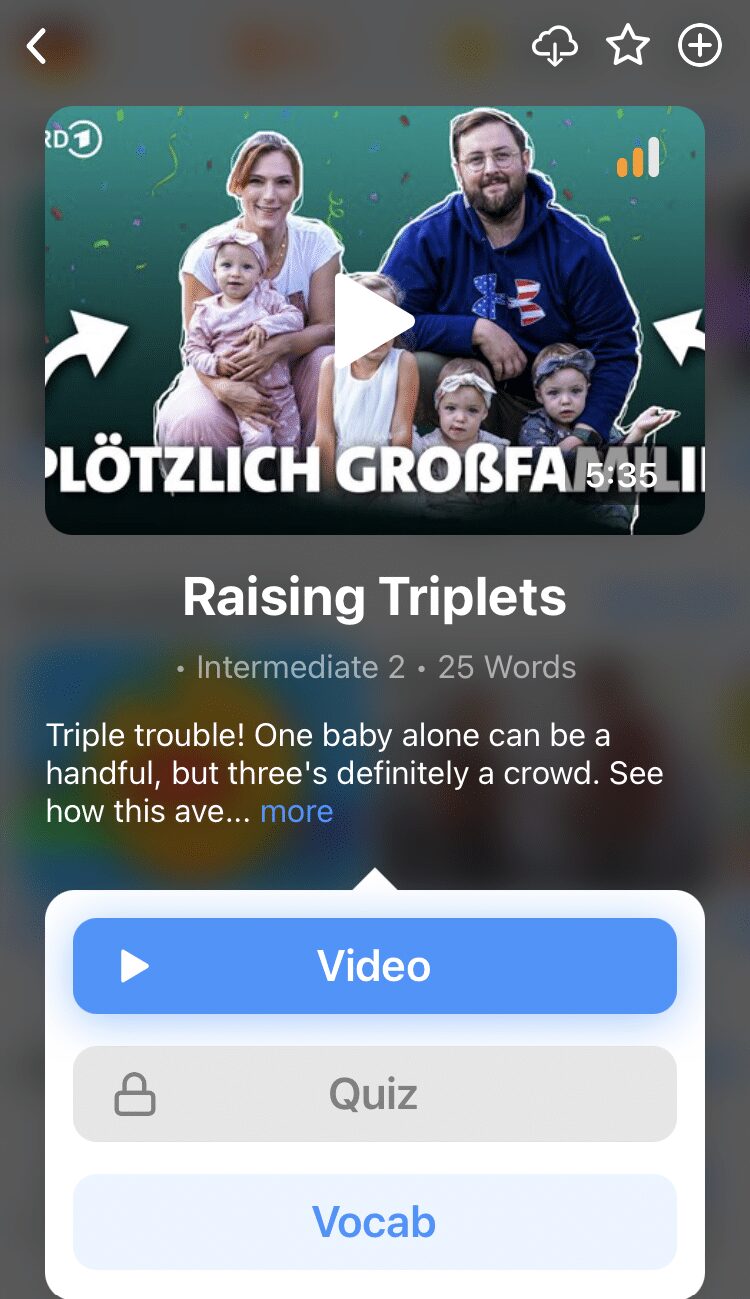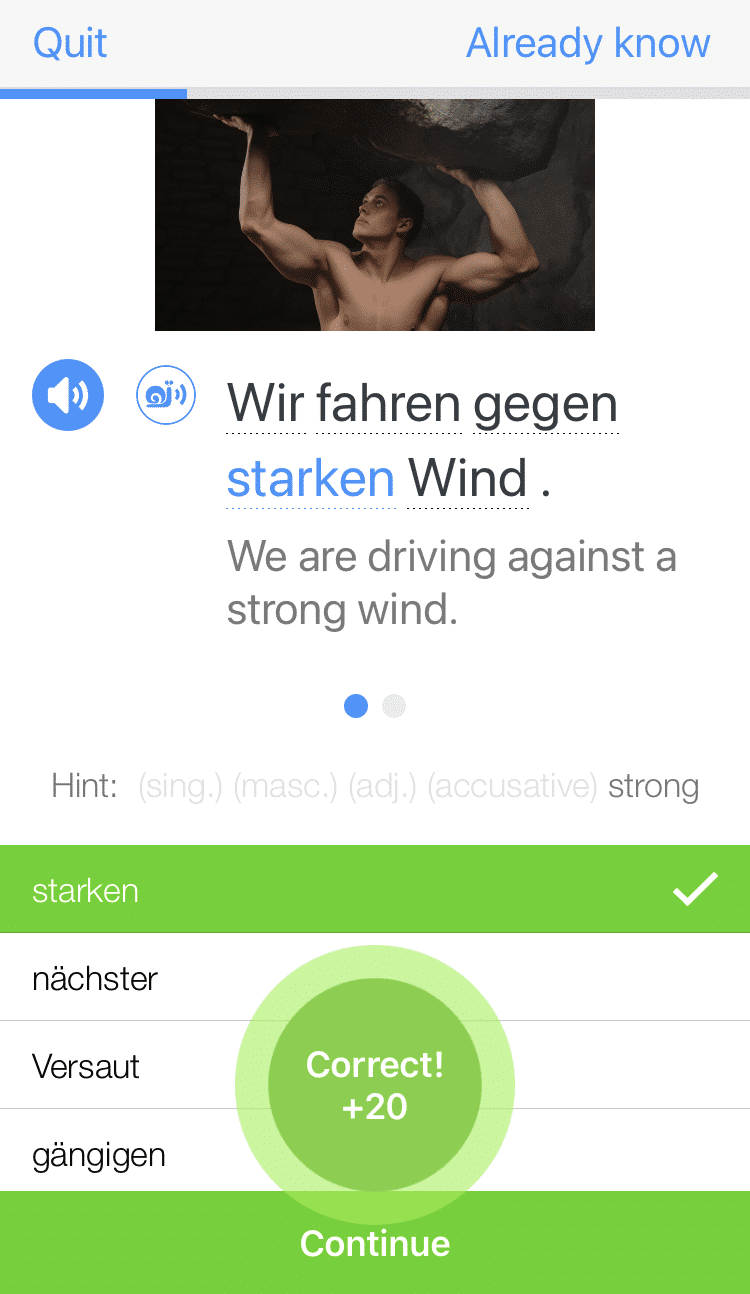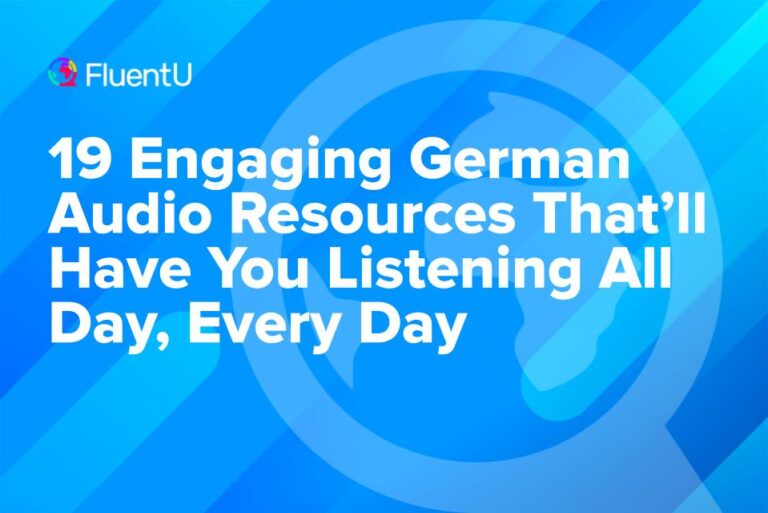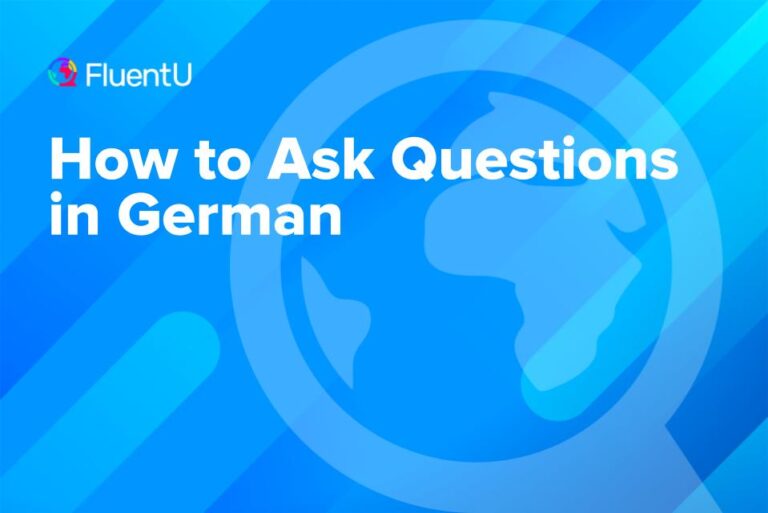Contents
- General Spelling Rules in German
- 1. Always capitalize nouns
- 2. The umlaut changes a word’s pronunciation and meaning
- 3. The eszett (ß) traditionally represents the “ss” sound, but not always
- 4. Watch out for compound words
- 5. Remember Wein for <ei> and Bier for <ie>
- 6. Be careful not to mix up <e> and <ä>
- 7. <Sch> represents the <sh> or [ʃ] sound
- 8. But sometimes, [ʃ] is represented by only <s>
- 9. The letter <y> hardly appears in German
- 10. Use <k> instead of <c> at the beginning of words
- 11. Spell out the [v] sound with a <w>
- 12. Both <v> and <f> sound like [f]
- Rechtschreibung: Overview and History
- Checking Your German Spelling
- And One More Thing...
German Spelling: 12 Essential Rules
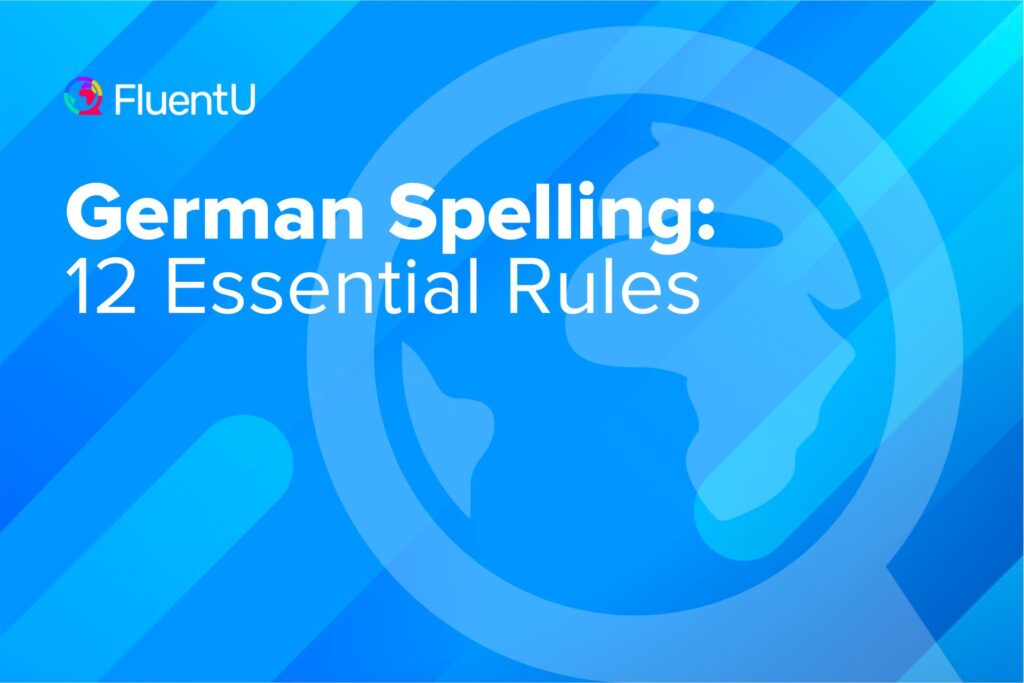
German spelling or Rechtschreibung (lit. “writing right”) is way easier than you’d think.
In this post, I’m going to show you just how easy by giving you a little bit of historical context on spelling rules in German, the most important ones you need to know and how to practice these rules and become a master of the German written word.
Download: This blog post is available as a convenient and portable PDF that you can take anywhere. Click here to get a copy. (Download)
General Spelling Rules in German
As we describe the rules below, we’ll keep using a bit more fancy linguistic notation. You’ll also be able to apply this knowledge in your own self-study going forward.
You’ll notice below that when we’re describing a written letter, we put it in angle brackets, as in <e>.
And when we’re describing a spoken sound, we put it in square brackets like this: [x]. Sometimes, these look the same as the written letters you already know, and other times they don’t. That’s because we won’t use the German or English alphabets, but rather the International Phonetic Alphabet.
If you’ve ever looked up a word’s pronunciation in the dictionary and not understood the crazy symbols in its entry, it was probably written in IPA. Don’t panic: we’ll walk you through exactly what you need to know below.
1. Always capitalize nouns
Here’s one spelling rule in German that may or may not make your life easier: All German nouns are capitalized, whether they’re common or proper.
So how do you know whether you’re looking at a proper or a common noun in German? If you see or hear articles such as der, die and das or ein, eine and einen before a noun, there’s a good chance you’re dealing with a common noun.
But even then, the only way to truly tell the two apart is by exposing yourself to authentic content. You may need to do a lot of reading practice to even begin to get a handle on German nouns.
2. The umlaut changes a word’s pronunciation and meaning
Aside from the entirety of the Latin alphabet, the German alphabet also has four special characters in addition to the 26 regular letters.
Three of these are the vowels ä, ö and ü. You’ll notice that they all have two dots on top of them known as the umlaut.
Vowels with umlauts are pronounced differently from those without.
Compare these:
| Vowels With the Umlaut | Vowels Without the Umlaut |
|---|---|
| ä | a |
| ö | o |
| ü | u |
The umlaut also changes the meaning of words. For instance, schon means “already” but schön means “beautiful.” Likewise, if you want to describe the weather in German, you should say that it’s schwül (extremely hot or humid) rather than schwul (homosexual).
3. The eszett (ß) traditionally represents the “ss” sound, but not always
The ß is the fourth and final special character in the German alphabet. It’s typically described as shorthand for “ss,” though the two aren’t necessarily interchangeable.
Generally, you’d find the ß:
- In the middle or at the end of a word (never in the beginning)
- After a diphthong or long vowel sound
- In the written texts of Germany, Austria and Luxembourg, but not in Switzerland
For a more complete guide on using this special character, read this post.
4. Watch out for compound words
This is probably one of the most difficult aspects of German spelling. It’s common for two or more nouns in German to combine together and mean something different from their composite parts.
For example, das Meerschweinschen means “guinea pig,” even though its composite words Meer and Schweinschen mean “sea” and “little pig,” respectively. (I mean, “sea” seems like a rather broad translation of “guinea,” no?)
And then there’s this whopper of a word called—and I swear I’m not making this up— Donaudampfschiffahrtselektrizitätenhauptbetriebswerkbauunterbeamtengesellschaft . With 79 letters, it’s the longest single word in the German language, and it stands for “Association for Subordinate Officials of the Main Maintenance Building of the Danube Steam Shipping Electrical Services.” Even in English, that’s quite a mouthful!
5. Remember Wein for <ei> and Bier for <ie>
The <ei> and <ie> combinations are some of the trickiest for English speakers learning German. English often uses these sounds in weird ways and sometimes even interchangeably (compare “vein” and “weird” to “weird” and “niece”).
In German, on the other hand, each of these combinations has a distinct pronunciation.
The most helpful trick a German teacher ever showed me involves Wein (wine) and Bier (beer).
- The <ei> combination only ever makes the Wein sound, which happens to be the same as the English “wine” sound.
- The <ie> combination only ever makes the Bier sound, which is basically the same as the English “beer” sound.
So, the next time you need to spell a word and you’re not sure if it’s <ei> or <ie>, just remember to ask yourself: “Does it sound like wine or beer? ( Wein oder Bier? )”
6. Be careful not to mix up <e> and <ä>
One sound that can be written two different ways is the [e] vowel, which is close to (but not the same as) the vowel a in English “face.” Often, this is written with the German <e>.
But in many dialects—enough to be considered acceptable in the standard—<ä> can also be pronounced this way. This is why Beeren (“berries”) and Bären (“bears”) can sound the same sometimes.
If you’re not sure how to spell a word, think about the context and consult your trusty dictionary app.
7. <Sch> represents the <sh> or [ʃ] sound
In some cases, a word that would be spelled with <sh> in English would be written as <sch> in German. (See that extra “c” in there?) This is why “English” is not a German word, but Englisch is.
The IPA symbol for this sound, by the way, is [ʃ].
8. But sometimes, [ʃ] is represented by only <s>
In other cases, the [ʃ] sound would be written with an <s>. So how do you know if you should write something with <sch> or <s>?
- If the <s> appears in a consonant cluster at the beginning of a syllable, then it takes the [ʃ] sound, as in Stiefel (boots) and Sprache (language).
- Otherwise, it has the [s] sound, as in Sahne (cream) and Obst (fruit).
9. The letter <y> hardly appears in German
<Y> is not a common letter in German, and where it does appear, it doesn’t sound like the English “young” or “yes.”
Instead, that sound is written as [j] in the International Phonetic Alphabet and in German. So, you get jung and ja , respectively, for the words I just mentioned above.
10. Use <k> instead of <c> at the beginning of words
If you’re spelling out a word with the hard [k] sound, the general rule is to use <k> instead of <c>, as in kommen (to come) or Katze (cat).
But if you’re dealing with loanwords such as Computer or cool , spell them with a c.
11. Spell out the [v] sound with a <w>
German words with the [v] sound are spelled with <w>, as in the question words wo (where), wer (who) or wie (how).
This might be a little tricky to wrap your English-speaking brain around. But it may help to read up more on how to do a German accent if you’re stuck.
12. Both <v> and <f> sound like [f]
Compare von (from) and vier (four) with für (for) and Freund (friend).
This sound has some unfortunate spelling ambiguity, but with practice and memorization, you’ll quickly develop a feel for which is which.
At the very least, it’s hard to mix up the <v> and <w> sound in a word like Volkswagen . Notice how the <v> sounds like an [f] and the <w> sounds like a [v]?
Rechtschreibung: Overview and History
In German, letter combinations usually match directly with one standard pronunciation. In fancy linguistic terms, this is known as shallow orthography. Languages with shallow orthography, such as Spanish and German, are easy to read and spell.
Deep orthography languages, such as French and English, are a bit harder. Think of how “vain,” “vane” and “vein” all have the same pronunciation, even though they have different spellings and meanings. You can imagine how much of a headache it is for non-native English speakers to differentiate words like those three.
Going back to German spelling, to truly grasp what it’s all about, it’s essential that we delve a bit into its history. Like most languages, German evolved throughout the centuries to suit the context and needs of the times. There were several attempts to standardize spelling in German with varying degrees of success, which you can read about in more detail here.
But perhaps the most significant (and controversial) event that impacted Rechtschreibung was the 1996 German spelling reform. Essentially, it aimed to make German spelling easier for non-native speakers while still keeping that sense of familiarity for native speakers.
Some of the reforms made include:
- the use of double and triple consonants
- changes in written vowels
- words that were previously spelled as one word are now spelled as two words
The reason you need to be aware of these spelling changes, even if the textbooks you’re studying likely already comply with the 1996 reforms, is because you’re still going to come across written materials that use the old spelling rules. Unless you’re aware of the history of German spelling, you’re going to be confused as to why your textbook is telling you to spell one way when some authentic texts are telling you to spell in another way.
Checking Your German Spelling
It’s okay not to get all these rules the first time around. There are other resources to help you.
One of my favorites is the dict.cc dictionary app. Plug in any English or German word, and you’ll get a ranked list of its possible translations, along with common phrases in which the word appears. Click on the speaker icon next to any word, and you’ll be able to hear native speakers pronounce the word for you.
Don’t forget to take advantage of your text editor software’s spellcheck or autocorrect functions, as well. They’re usually either bundled with your software already or you have to install them separately using a third-party application. Either way, a quick Google search can point you in the right direction.
And if you really want to commit German spelling rules to memory, feel free to use classic methods like flashcards. If you’re using an app version (as opposed to the good ol’ fashioned pen-and-index-cards), you’ll also get nifty features like the app measuring how much you’ve already mastered a word or group of words and tailoring your study experience from there.
If you’re looking for a beginner-friendly guide on spelling in German, check out the video below:
These are just a handful of the many German spelling rules you’ll encounter as you go along. There are plenty more, and I’ve only highlighted ones that are tricky for English speakers in particular.
Rechtschreibung is all about writing right. Remember these rules, keep practicing and you’ll eventually get them all.
Download: This blog post is available as a convenient and portable PDF that you can take anywhere. Click here to get a copy. (Download)
And One More Thing...
Want to know the key to learning German effectively?
It's using the right content and tools, like FluentU has to offer! Browse hundreds of videos, take endless quizzes and master the German language faster than you've ever imagine!
Watching a fun video, but having trouble understanding it? FluentU brings native videos within reach with interactive subtitles.
You can tap on any word to look it up instantly. Every definition has examples that have been written to help you understand how the word is used. If you see an interesting word you don't know, you can add it to a vocabulary list.
And FluentU isn't just for watching videos. It's a complete platform for learning. It's designed to effectively teach you all the vocabulary from any video. Swipe left or right to see more examples of the word you're on.
The best part is that FluentU keeps track of the vocabulary that you're learning, and gives you extra practice with difficult words. It'll even remind you when it’s time to review what you’ve learned.
Start using the FluentU website on your computer or tablet or, better yet, download the FluentU app from the iTunes or Google Play store. Click here to take advantage of our current sale! (Expires at the end of this month.)
